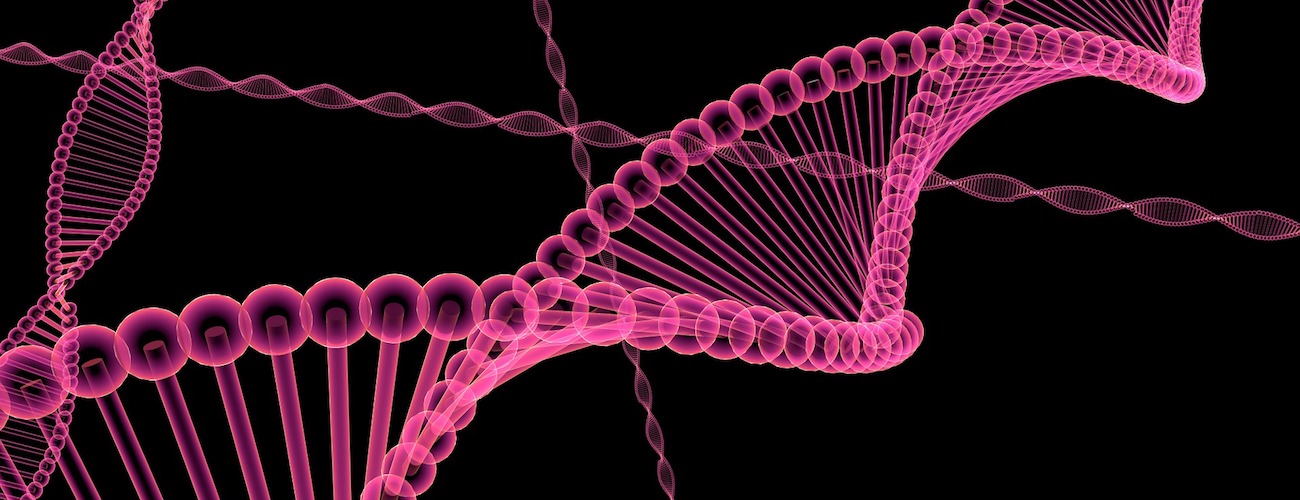Sign up for The Media Today, CJR’s daily newsletter.
IN 1846, FIVE DAILY NEWSPAPERS in New York came together to create the Associated Press. At the time, their aim was to share the cost of covering the Mexican-American War. It has since become one of journalism’s longest-standing and most productive collaborations.
The concept behind journalistic collaboration has always been to generate a sum or quality of content that is greater than what one individual or organization could do on its own. That hasn’t changed. What has changed over the years, with the advent of digital and the 24-hour news cycle, are the traits that make a collaboration successful.
New research from the Tow Center for Digital Journalism by Carlos Martínez de la Serna looks back over the last three decades at the changing nature of journalistic cooperation in the digital era, finding that not only does the current DNA of the most effective collaborations look very different from the past, but one of its key byproducts is the creation of an open-access digital infrastructure for information—which the report calls a new “journalism commons.”
Collaboration facilitated by the internet means that, along with traditional news organizations, technologists, software designers, public database architects, research institutions, and citizen activists cooperate—sometimes without formal agreements or agendas—to create new tools and information resources that set the conditions for how news is produced and circulated. Those include, according to the research, a range of technologies. From the introduction of email, and the launch of the Apache web server and open-source Linux operating system in the 1990s, to more modern developments like Slack, each are now “core components of the new infrastructure for journalism.”
Newsrooms are also collaborating for different reasons than they did in the past. Media outlets are looking for ways to increase their production, in many cases because of depleted staff or because they’re startups seeking wider audiences and models for sustainability. Jim Brady, the past president of ONA and head of Philadelphia news outlet Billy Penn, told the Pew Research Center in a 2014 report about news collaboration: “This is a time when journalists need to huddle together for warmth.” His advice remains relevant. Take, for instance, recent initiatives such as the SF Homelessness Project, a partnership of 80 news organizations looking for answers to the problem of homelessness in the Bay Area, and smaller partnerships like one in Charlottesville, VA, between hyperlocal website Charlottesville Tomorrow and the community newspaper The Daily Progress.
But since partnerships among news organizations can often fall prey to incompatible, top-down workflows and digital content management systems that don’t work together, writes de la Serna, the future of successful collaborations will increasingly capitalize on open-access digital networks created by a number of players. One of the first collaborative efforts to really take advantage of this was the Independent Media Center (Indymedia), established in 1999. A collective that grew out of the World Trade Organization protests in Seattle, Indymedia built a set of open-source content management systems to involve on-the-ground observers in its news production. The interweaving of political activism, new technology, and a distributed structure broke the mold of hierarchical news production that relied on editors assigning stories to reporters alone.
What WikiLeaks did differently when it stormed the scene in 2006 was to combine a similar decentralized, open culture of participation with cooperation from legacy news outlets. Not only could established media partners help sift through the massive database of documents, they could also spread the news far and wide. “Mainstream media offered WikiLeaks a major pathway to getting an important subject to the public, an effect that was amplified by the orchestrated publication of the reporting by legacy newspapers,” notes de la Serna.
WikiLeaks published “several leaks of critical importance for the understanding of current events and international diplomacy—starting with the release of a leaked video on the 2007 U.S. Baghdad airstrike, and followed by the Afghan War Logs, and the Iraq War Logs.” But it was “the coordinated release of US cables in collaboration with five traditional media organizations in the United States and Europe, and later with many others around the world,” that was most influential in setting the stage for collaboration with global impact.
The most successful journalistic collaborations today, it seems, often rely and build on shared resources that are independent of ownership—whether they be public databases, open-source technology, or networked communities. They don’t all have to be dramatic whistleblowing initiatives either. Great current examples include the Stanford Open Policing Project, a public repository of national data on police misconduct, supported by an interdisciplinary team of researchers and journalists at Stanford University; and MuckRock, a nonprofit site that convenes journalists, researchers, activists, and individuals who request, analyze, and share government documents. Some of the most crucial collaborations are even among unnamed partners or contributors building digital tools or unearthing news of public importance for others to use.
But what results in an emerging “commons” is more complicated than our usual image of a public park or open square. As de la Serna defines it, the new journalism commons is made up of “complex global information” systems with “many intricate dependencies and no clear boundaries.” Like physical commons, though, it will require careful management and maintenance from its community of users.
The issues at play, the new research suggests, are the equity, accessibility, and safety of shared digital knowledge. Just as in the mid-1990s the Library of Congress began to designate certain books, images, and footage under the “commons,” there’s an argument to be made for thinking about the emerging collective infrastructure for newsgathering under this model. Classifying it in such a way could mean that we don’t fail to think about its long-term preservation. It could also put collaboration at the forefront of the future of news.
Has America ever needed a media defender more than now? Help us by joining CJR today.





